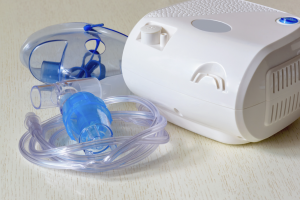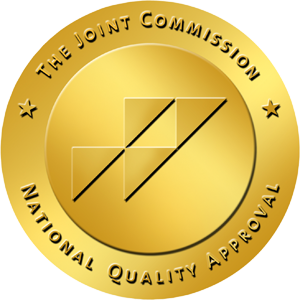Different Types of Home Respiratory Therapy Equipment
 Chronic obstructive pulmonary disease (COPD), asthma, occupational lung diseases and pulmonary hypertension are some of the most common chronic respiratory diseases, according to the World Health Organization (WHO). Although these diseases are not curable, various forms of treatment, including home respiratory therapy equipment, can help control symptoms and increase the quality of life for patients.
Chronic obstructive pulmonary disease (COPD), asthma, occupational lung diseases and pulmonary hypertension are some of the most common chronic respiratory diseases, according to the World Health Organization (WHO). Although these diseases are not curable, various forms of treatment, including home respiratory therapy equipment, can help control symptoms and increase the quality of life for patients.
Carmichael’s provides a wide variety of home respiratory therapy equipment, supplies and services, primarily to patients with severe and chronic pulmonary diseases. Carmichael’s respiratory therapists coordinate the prescribed therapy with the patient’s physician and train the patient and caregiver in the correct usage of the equipment. Carmichael’s pharmacists work with the patient and the patient’s prescribing doctor to ensure the correct prescription is administered. Respiratory therapy products and services include, but are not limited to, the following:
- Oxygen concentrators
- Portable oxygen cylinders
- Nebulizers and related inhalation drugs
- Continuous positive airway pressure (CPAP) and bilevel positive airway pressure (BPAP) devices
Oxygen Concentrators
An oxygen concentrator is a medical device that provides extra oxygen for a patient who has a health condition that causes a low oxygen level. There are two types of concentrators: a unit you can use at home, and a portable device you can use on the go. Both are available in a variety of models, sizes, and styles. An at-home model requires electricity and should be plugged in all the time to work properly. It pulls in air from a room, removes nitrogen, and provides the user with pure oxygen. Compact, portable concentrators run on either electricity or rechargeable batteries and can be used anywhere. For someone who always needs oxygen, it is important to keep battery-powered devices always charged.
Portable Oxygen Cylinders
Both an oxygen concentrator and portable oxygen cylinder (or oxygen tank) delivers oxygen to the user’s nose through a tube connected to the tank at one end and to a nasal cannula or oxygen mask at the other. However, an oxygen cylinder is a metal tank that contains a fixed amount of pressurized oxygen that requires replacement or refilling. It is usually also mounted on a trolley, cart, or other device to allow the patient or caregiver to transport it easily.
Nebulizers and Related Inhalation Drugs
A nebulizer is a medical device that a patient with asthma or another respiratory condition can use to administer medication directly to the lungs within several minutes. It turns liquid medicine into a fine mist that a person inhales through a face mask or mouthpiece. The machine is available as portable and at-home electric or battery-powered versions. Both types consist of a base that has an air compressor, a small container for liquid medicine, and a tube that connects the air compressor to the medicine container. A mouthpiece or mask is located above the medicine container to inhale the mist.
Inhalers are compact devices that can fit in a backpack, purse, or pocket. There are two types of inhalers: metered dose inhalers (MDIs) and dry powder inhalers. MDIs expel a spray of medicine, are the most used and look like small aerosol cans. Dry powder inhalers provide medicine in powder form and do not spray out. The user must inhale the powdered medicine.
CPAP and BPAP Devices
A continuous positive airway pressure (CPAP) machine is most prescribed for treating sleep apnea disorders. It helps a patient breathe normally without pause while sleeping by delivering a steady flow of air into their nose and mouth, opening the lungs to receive sufficient oxygen. A CPAP machine’s compressor or motor produces a continuous stream of pressurized air that passes through an air filter into a flexible tube. The tube provides purified air into a mask that is sealed around the patient’s nose or mouth or a nasal cannula. The device’s settings must be reset to change air pressure.
Purchasing Equipment
A doctor’s prescription is required to purchase any home respiratory therapy equipment. It is important to follow the device’s instructions to properly use and maintain it. Carmichael’s representatives are available to help customers make an informed decision. Contact a Carmichael’s representative about any respiratory therapy equipment products and supplies needs or to request additional information.




 Accredited/Certified by The Joint Commission
Accredited/Certified by The Joint Commission